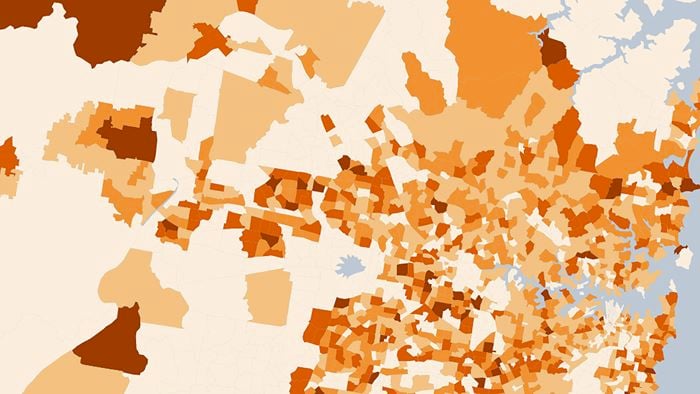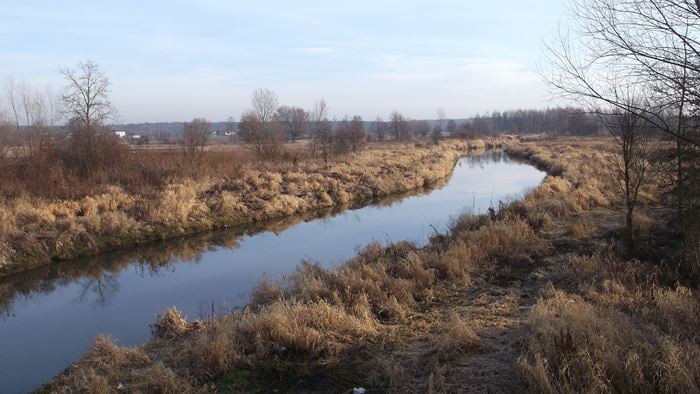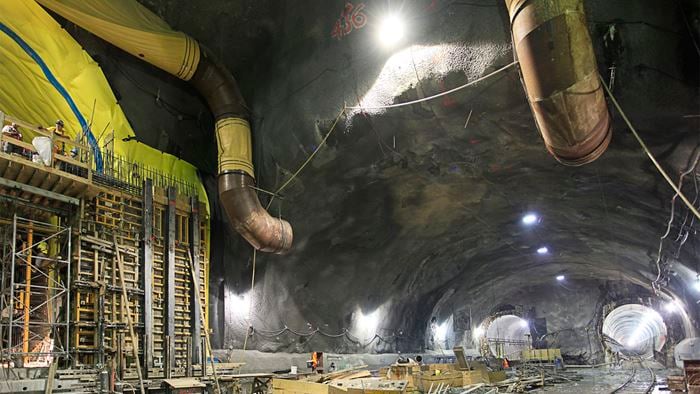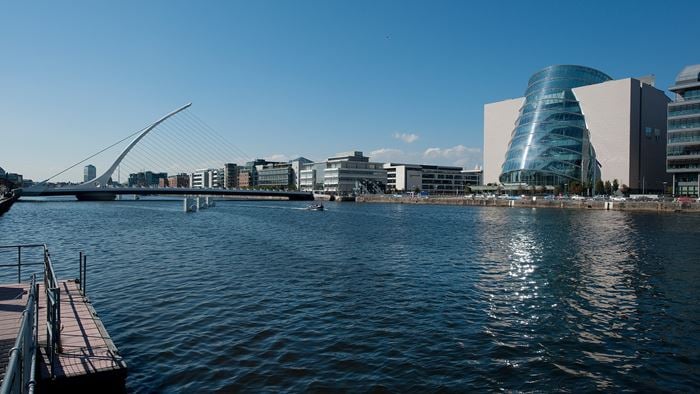The Polish rail infrastructure covers about 19,000km of railway lines, one of the largest values in Europe. Around a half of it remains in a very poor technical condition with the reduced operational parameters of the rail network negatively affecting the quality of travel, sustainability and operating costs.
It was for this reason we were invited to conduct a pilot advisory project, in collaboration with the Ministry of Infrastructure and Development and PKP PLK (the Polish railway infrastructure operator).
The purpose of the project was to assess the direct and indirect impact of proposed railway investment scenarios on the Polish economy.
An additional requirement of the project was to identify the benefits brought by railway traffic increase, as a consequence of infrastructure development within mutual relationships with other modes of transport, in the socioeconomic, as well as public financial dimensions.
The assignment provided a multi-level analyses, including a transportation module (traffic forecast and traffic model on national level), financial analysis, economic analysis and macroeconomic analysis, covering a period of 35 years (2016 to 2050).
Project Summary
3 railroad investment scenarios
12,000 bneuros investment
4levels of inter-dependant analyses
Our work on this project required a multi-disciplinary and multi-level approach for the polish transportation authorities. The purpose was to examine the financial and economic rationale for making capital expenditure in the railway infrastructure within three investment scenarios. The best solution for the entire transportation system was then to be determined as an outcome.
Three scenarios of railroad infrastructure developments in Poland varying in the scope of works, length of railway lines to be upgraded and capital involvement, were used as a basis for the project:
-
Scenario 1 – projects involving 6,875 km or railway lines (PLN 54,360 bln)
-
Scenario 2 – projects involving 5,440 km or railway lines (PLN 48,584 bln)
-
Scenario 3 – projects involving 3,106 km or railway lines (PLN 41,002 bln)
Within these three scenarios, four core analytical modules were carried out:
The transportation module
Based on the three-scenarios-investment-program a national traffic model was developed. It included the expansion of the railway network, the expansion program of the road network and the network of Polish airports.
The model was used to develop a traffic forecast for the whole national transport system, assuming that infrastructure investments (roads, railways, airports) determine the choice of a transport means and intermodal acquisition.
The financial module
All possible consequences for the public financial system, including railway and road sector infrastructure operators and railway carriers were examined. These included:
-
Operation and maintenance costs of railway and road infrastructure operators.
-
Revenues from charges for the use of rail infrastructure.
-
Public grants for maintenance and renewal of the railway infrastructure.
-
Special grants (compensation) and specific grants for the railway passengers carriers.
-
Revenues from toll roads fees (roads managed by public authorities and private licensees).
The economic module
The economic study largely consisted of the cost-benefit analysis (CBA), including calculation of cost saving in: road travel time, road vehicles operation, railway travel time, air pollution by road transport and road accidents. Moreover, an analysis of wider economic impacts was carried out including calculation of agglomeration effects.

The macroeconomic module
A macroeconomic analysis was carried out in order to assess the impact of individual railway network development scenarios on the level and growth of GDP and the public financial system. We undertook this module study in cooperation with the Institute of Market Economy Research (IBnGR), which provided a macroeconomic analysis based on the multiplier approach. IBnGR calculations gave the Polish transport authorities basis for estimates on how the railway investment expenditures impact GDP growth and the public finance system.
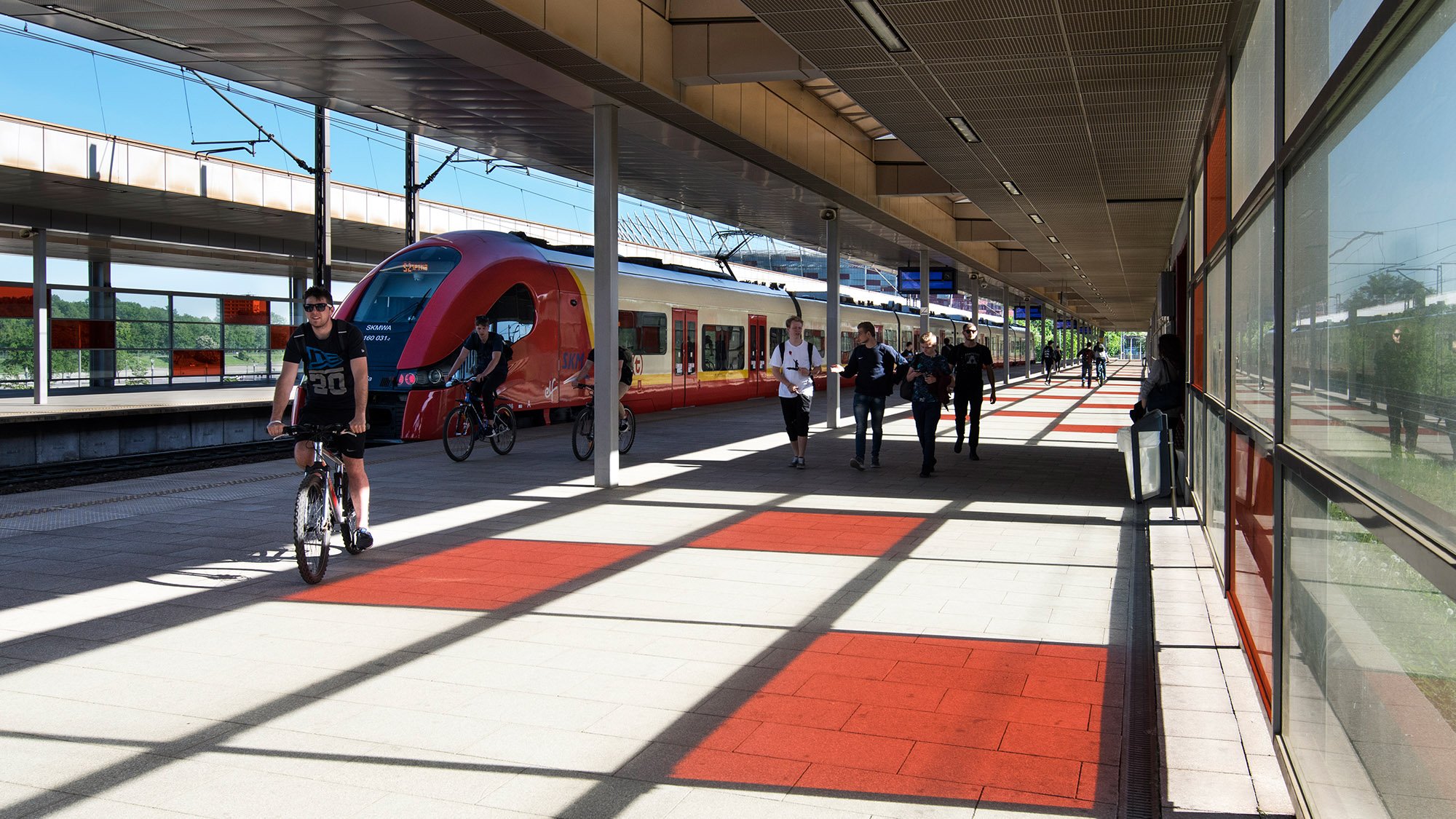 ;
;

